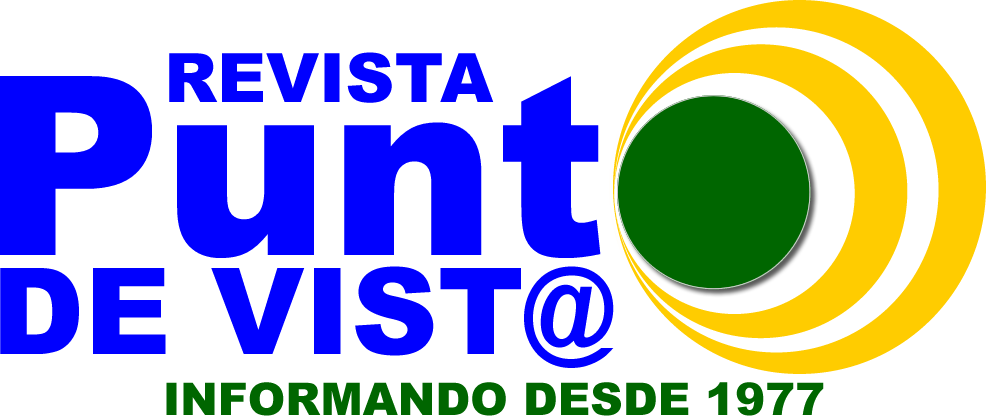
Content
Credit sales can also represent assets a company possesses on its account receivable. Subsidiary Ledgers are not overly complicated, but you do need to create and maintain them in a certain appropriate fashion. The accounts in the this ledger are predominantly customer accounts with some exceptions.
- For example, assume that you started a tutoring business and began charging five of your classmates an hourly rate for your services to help them with their math homework.
- In addition to keeping companies organized, subsidiary ledgers can also help control the flow of information.
- In the battle of ledger vs. subledger, there’s no true winner—both have their uses and can be helpful to businesses in different ways.
- What general ledger accounts consist of are often based on the nature of the company.
- Similar subsidiary accounts are maintained for payables and, depending on the firm’s needs, for other accounts such as Property, Plant, and Equipment.
- Meanwhile, the company accountants can do their day-to-day work in the general ledger without having to wade through the details of the subsidiary ledgers.
A subsidiary ledger is useful to accountants and bookkeepers for a variety of reasons. First, it groups related accounts into one ledger that can be easily totaled and analyzed. It is much easier to review what are subsidiary ledgers data when it is organized and grouped together. This record groups all of the vendors and trade debtors’ accounts together in one place rather than having them spread throughout the accounting system.
Cash Management Software
Keeping records in an accounts receivable subsidiary ledger aids the tracking of customers who owe a company or are in debt to the company. Also, for financial reporting purposes, it is important to keep an accounts receivable subsidiary ledger which is them reconciled with the accounts receivable of the company in the general ledger. This subsidiary ledger is also called a subledger or subaccount, it gives the details of customers owing a company and the specific amount owed by each customer. Tracking customers payments and transaction history will be difficult without the subsidiary ledger, especially for companies with large number of customers. It’s a document or database that contains records of all the business’ financial transactions, both in accounts receivable (AR) and accounts payable (AP).
- Fixed assets are items that are long-term (a year or more), such as buildings, vehicles, computers, and heavy equipment.
- They are the details of the transactions that take place and can show how well you are doing.
- Some companies may have hundreds or even thousands of subsidiary accounts depending on their customer base, how many creditors they have, and other details.
- At the end of the accounting period, after the postings have been completed, a list is made of all the individual subsidiary accounts.
- Businesses can keep track of costs for individual jobs through a system of job order costing while also monitoring total costs of work in progress for all current tasks.
A subsidiary ledger typically contains the details of each general ledger control account. For example, account receivable $4,000 and balances of individual accounts (A – $2,000 + C – $2,000) $4,000 as shown in the above example are equal. In lieu of this system subsidiary ledgers are maintained to know amount receivable from an individual debtor and the amount payable to an individual creditor. Some of the commonly used subsidiary ledgers are “Fixed Assets”, “Accounts Payable”, Accounts Receivable”, “Projects” and “Inventory” and they all send the financial data to General Ledger. In the battle of ledger vs. subledger, there’s no true winner—both have their uses and can be helpful to businesses in different ways.
Subsidiary Ledger: Meaning, Types, Importance
Not only will you better be able to manage your business, but it could help you attract new investors and qualify for business loans as well. Subledger, which is also known as a subsidiary ledger, is a detailed report of accounts that consists of transaction information. Businesses must track a lot of things in order to manage their money and ensure they keep making profits. For example, they have customers that owe them money, many types of assets, or items owned by the business, inventory, work in progress, and suppliers.

Subsidiary Ledgers facilitate the recording of complete financial and other information related to the transaction. They can use subledgers to maintain accuracy and organization in their bookkeeping if the general ledger alone is getting too difficult to manage. Subledgers help ensure the accuracy, organization, control, and financial agility a company has over its books. Subsidiary ledgers https://kelleysbookkeeping.com/ also help accountants create financial statements as necessary so they can be ready for an audit at any time. Here are some ways that companies of all sizes can use subledgers to assist in bookkeeping. Businesses that need more can institute subledger accounting, which is designed to capture more granular details about transactions than those that appear in the general ledger.
What is a general ledger?
Focusing on the customer accounts, this makes sense for a subsidiary ledger chart because a general ledger would become increasingly dense if every customer and individual account was included in the general ledger. At the same time, the financial statements would become increasingly dense as a consequence. Therefore, make a subsidiary ledger up of the individual accounts so that each specific account can be dealt with on a singular basis. When an account is satisfied, merely check it off on the reference column. Furthermore, a subsidiary journal entry is no different than an entry in the general ledger. The only stipulation is that the entry has to agree with a corresponding entry in the general journal.
- A general ledger can serve as a controlling account because it lists all the accounts a business has and include a breakdown of every transaction with those accounts for a set time period.
- Tracking customers payments and transaction history will be difficult without the subsidiary ledger, especially for companies with large number of customers.
- Such as when obtaining a new loan, bank account, line of credit, or adding a product or service.
- If these totals are not equal, this indicates a posting or similar error.
- Subledgers, especially, are vital for growing companies, which benefit from the organizational power they offer.
- Furthermore, a subsidiary journal entry is no different than an entry in the general ledger.
Harold Averkamp (CPA, MBA) has worked as a university accounting instructor, accountant, and consultant for more than 25 years. In the wake of the COVID-19 pandemic and escalating tensions with China, American companies are actively seeking alternatives to mitigate their supply chain risks and reduce dependence on Chinese manufacturing. Nearshoring, the process of relocating operations closer to home, has emerged as an explosive opportunity for American and Mexican companies to collaborate like never before.











